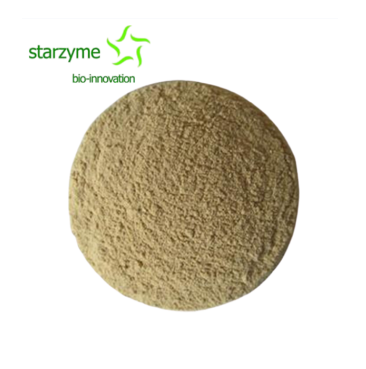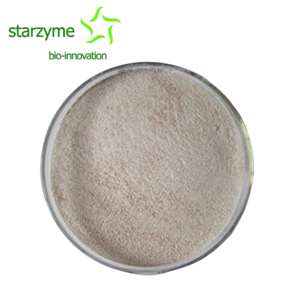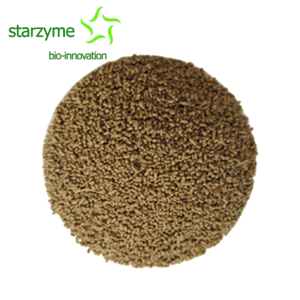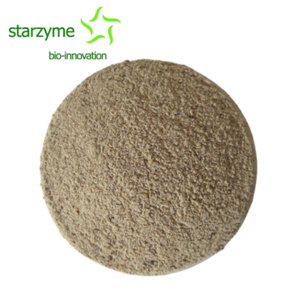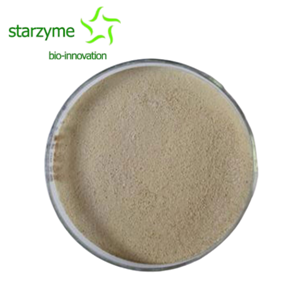Bacillus amyloliquefaciens: Mechanism of Action (Part 2)
Scientists conducted a comprehensive analysis of the whole genome sequence of Bacillus amyloliquefaciens FZB42 strain and found that the strain contains genes mln, bae, and dfn encoding polyketide compounds with antibacterial activity. However, the effects of these substances in animal bodies need to be confirmed one by one, as the metabolic products of bacteria are closely related to their living environment, and the situations encountered in the above literature may be related to this.
In addition, the diketopiperazines (DKPs) produced by Q-426 strain of Bacillus amyloliquefaciens can reduce the components of extracellular polymeric substances (EPS), polysaccharides, proteins, and DNA. The expression levels of tasA, epsH, epsG, and remB genes related to this can be significantly downregulated, thereby inhibiting the formation of biofilms.
Mechanism of Bacillus amyloliquefaciens regulating animal immune function
Ba may reduce the inflammatory response of ETEC cells by inhibiting the p38, ERK, and JNK signaling pathways in MAPKs activated by ETEC, and its mediated MI macrophage typing may also be related to immune regulation. Extracellular polysaccharides from Bacillus amyloliquefaciens can promote the proliferation of mouse splenic lymphocytes and cytokine production. Surfactants derived from Bacillus amyloliquefaciens can also activate the MAPKs signaling pathway by inducing ROS as a second messenger, activate NF kB, regulate cell proliferation, differentiation, inflammation, apoptosis, activate inflammasomes, and induces immune responses. Bacillus amyloliquefaciens SC06 can significantly improve the respiratory burst activity of phagocytic cells and the significantly reduced clearance index K of the mononuclear macrophage system in experimental mice caused by cyclophosphamide. Bacillus amyloliquefaciens SC06 can significantly and significantly increase the activity of myeloperoxidase and secretory phospholipase A2 in small intestinal lavage fluid, respectively, and to some extent increase the number of intestinal probiotics in immunosuppressed mice, partially restoring intestinal mucosal barrier function.
With the increasing demand for the quality of animal products, the hazards of using antibiotics in the treatment of animal diseases are becoming increasingly clear. Fermentation technology has gradually become one of the effective ways to solve livestock and poultry diseases and feed antibiotic problems. Microecological preparations, antimicrobial peptides, and feed enzyme preparations can be used as supplements and substitutes for antibiotics, and Bacillus amyloliquefaciens has these three functions, so it has attracted the attention of many researchers. Although its application is still in its initial stage, researchers have applied new technologies to enhance the production of its active substances, laying a more solid foundation for its application in animal production.

